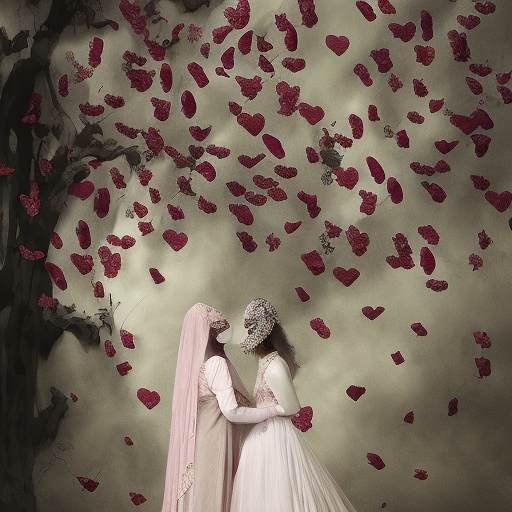One-line Summary:
Children of Paradise by Marcel Carné
Children of Paradise is a French epic romance drama film directed by Marcel Carné. Set in the early 19th century, the film follows the intertwining lives of various characters in the bustling theatrical world of Paris. Amidst the backdrop of the theater, love, jealousy, and betrayal take center stage, ultimately leading to tragic consequences.
Main Cast and Crew:
- Director: Marcel Carné
- Writer: Jacques Prévert
- Key Actors: Arletty as Garance, Jean-Louis Barrault as Baptiste, Pierre Brasseur as Frédérick Lemaître, Marcel Herrand as Lacenaire
- Music Director: Maurice Thiriet
- Director of Photography: Roger Hubert
- Producers: Raymond Borderie, Adrien Remaugé
Plot:
The film revolves around the lives of four central characters: Garance, a beautiful and enigmatic woman; Baptiste, a mime artist; Frédérick, a flamboyant actor; and Lacenaire, a notorious criminal. Garance captures the hearts of both Baptiste and Frédérick, leading to a complex love triangle.
As the story unfolds, Garance becomes a muse for Baptiste, who is deeply in love with her. However, their relationship is hindered by Frédérick’s persistent pursuit of Garance. Meanwhile, Lacenaire, a cunning and manipulative criminal, becomes entangled in their lives, adding an element of danger and intrigue.
The characters’ paths intersect at the Théâtre des Funambules, where they navigate the complexities of love, passion, and betrayal. Garance’s heart is torn between Baptiste’s unwavering love and Frédérick’s flamboyant charm. The film explores the themes of unrequited love, the masks people wear, and the sacrifices they make for their art.
Themes and Motifs:
Children of Paradise delves into the themes of love, art, and fate. The film explores the idea that love can be both a source of joy and torment, as the characters grapple with their desires and the consequences of their actions. The theatrical setting serves as a metaphor for life, where characters play different roles and conceal their true selves.
The motif of masks is prevalent throughout the film, symbolizing the façades people adopt to navigate society. The characters’ masks reflect their inner conflicts and desires, blurring the lines between reality and performance.
Reception and Legacy:
Upon its release in 1945, Children of Paradise received critical acclaim for its grand scale, intricate storytelling, and stunning performances. The film was praised for its poetic dialogue, rich character development, and lush cinematography.
Although it did not receive any major awards, Children of Paradise is widely regarded as a masterpiece of French cinema. Its influence can be seen in subsequent films, particularly in the realm of period dramas and romantic epics. The film’s exploration of love, art, and the human condition continues to resonate with audiences today.
Recommendation:
Children of Paradise is a must-watch for cinephiles and lovers of classic cinema. Its sweeping narrative, captivating performances, and beautiful cinematography make it a timeless masterpiece. The film’s exploration of love, passion, and the complexities of human relationships will leave viewers enthralled.
Memorable Quote:
“The theater is a world of appearances, a world of masks. Each actor is a mask, and behind each mask, another mask. The theater is a mirror that reflects the fleeting shadows of life.”












